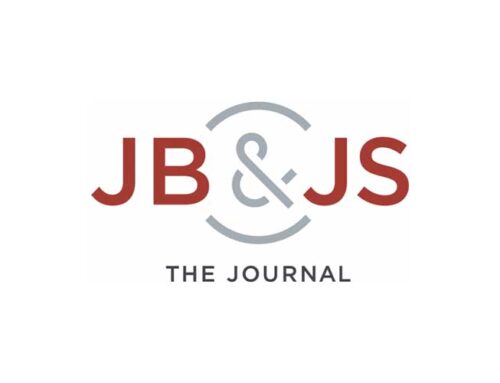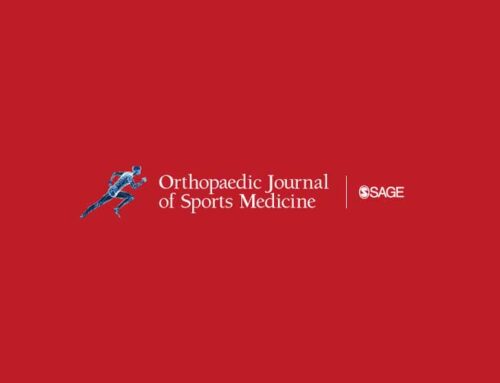BACKGROUND:
Previous studies have reported that hip abnormalities may account for 10% of injuries in professional football players. The effect of femoroacetabular impingement (FAI) and arthroscopic FAI surgery in National Football League (NFL) athletes has not been well studied.
PURPOSE:
To investigate the effect of arthroscopic FAI surgery on return to play (RTP) and RTP performance in NFL players.
STUDY DESIGN:
Cohort study; Level of evidence, 3.
METHODS:
NFL athletes undergoing arthroscopic FAI surgery at a single institution between 2006 and 2014 were identified. Medical records were reviewed for demographic, clinical, and operative variables. RTP and RTP performance were assessed based on a review of publicly available NFL player statistics. RTP and RTP performance data included time to RTP; games played before and after the injury; yearly total yards and touchdowns for offensive players; and yearly total tackles, sacks, and interceptions for defensive players. The offensive power rating (OPR = [total yards/10] + [total touchdowns × 6]) and defensive power rating (DPR = total tackles + [total sacks × 2] + [total interceptions × 2]) were calculated. Paired t tests comparing preinjury and postinjury seasons were performed. A matched cohort of NFL players was created to compare trends for OPR, DPR, and career longevity.
RESULTS:
Forty-eight hips in 40 NFL players (mean age, 25.6 years) with symptomatic FAI were included; 8 players underwent staged bilateral hip arthroscopic procedures. The majority of players were offensive (n = 24; 60.0%), with offensive lineman (n = 11; 27.5%) being the most common of all positions. Of the 48 included hips, all had labral tears, and 41 (85.4%) underwent labral repair. Forty-two of the 48 hips (87.5%) underwent cam decompression, and 10 (20.8%) underwent rim decompression. Of the 40 included players, 37 (92.5%) achieved RTP to professional competition after their hip arthroscopic surgery at a mean of 6.0 months. Before the injury, included patients played in a mean of 11.0 games compared with 9.5 games in their postoperative season ( P = .26). The mean OPR and DPR demonstrated a nonsignificant decline in the postoperative season (preinjury OPR, 40.2; postinjury OPR, 32.3; P = .34) (preinjury DPR, 49.6; postinjury DPR, 36.4; P = .10). A similar decline in the OPR and DPR across seasons was observed in the control group. NFL athletes played, on average, 3.3 ± 1.5 seasons after undergoing hip arthroscopic surgery; this was not significantly different from the controls (2.5 ± 1.5 seasons; P = .47). There was no significant difference in mean annual salaries based on contracts negotiated before the injury and the first negotiated contract after surgery ($3.3 million vs $3.6 million, respectively; P = .58).
CONCLUSION:
There was a very high rate of RTP in the NFL after arthroscopic FAI surgery; this rate is higher than what has been previously reported for other orthopaedic procedures in NFL athletes. Additionally, these NFL athletes achieved RTP at a faster time frame (6 months) than previously reported for other procedures. These findings have important implications for counseling elite football players about the expected outcome of arthroscopic FAI surgery.









